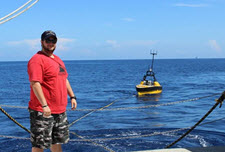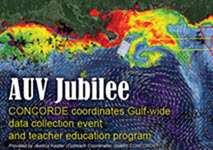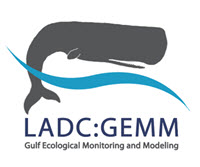Category Archives: LADC-GEMM

Researchers believe that large numbers of deep-diving marine mammals were living near the Deepwater Horizon site during the 2010 spill and may have experienced changes in their population distribution and abundance. Kendal Leftwich conducts acoustic research assessing how northern Gulf of Mexico dolphin populations changed and recovered over time to help researchers better understand the Read More
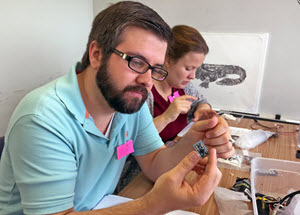
Researchers from Oregon State University, the University of New Orleans, and Proteus Technologies explained how they use ocean gliders to collect temperature, pressure, and acoustic data such as sounds made by Gulf of Mexico whales and dolphins. The Littoral Acoustic Demonstration Center – Gulf Ecological Monitoring and Modeling (LADC-GEMM) team guided the participants in constructing Read More
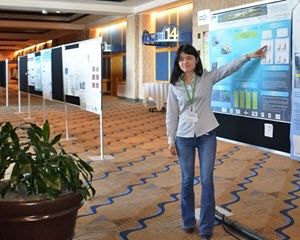
When disaster strikes, responders look at how creatures in its path may be impacted to mitigate damage. Tingting Tang takes the process one step further, using mathematical models to predict how long recovery may take. The creatures that Tingting focuses on are some of the Gulf of Mexico’s largest predators and most charismatic animals, beaked Read More
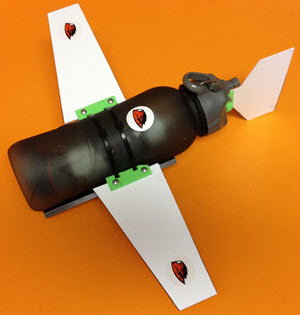
Twenty teachers turn water bottles into mini SeaGliders The research and science behind projects like Littoral Acoustic Demonstration Center – Gulf Ecological Monitoring and Modeling (LADC-GEMM) can often seem high-brow, inaccessible, and even confusing. So, one of the ways the LADC-GEMM project aims to demystify ocean science is by using the popularity of robotic ocean gliders Read More


